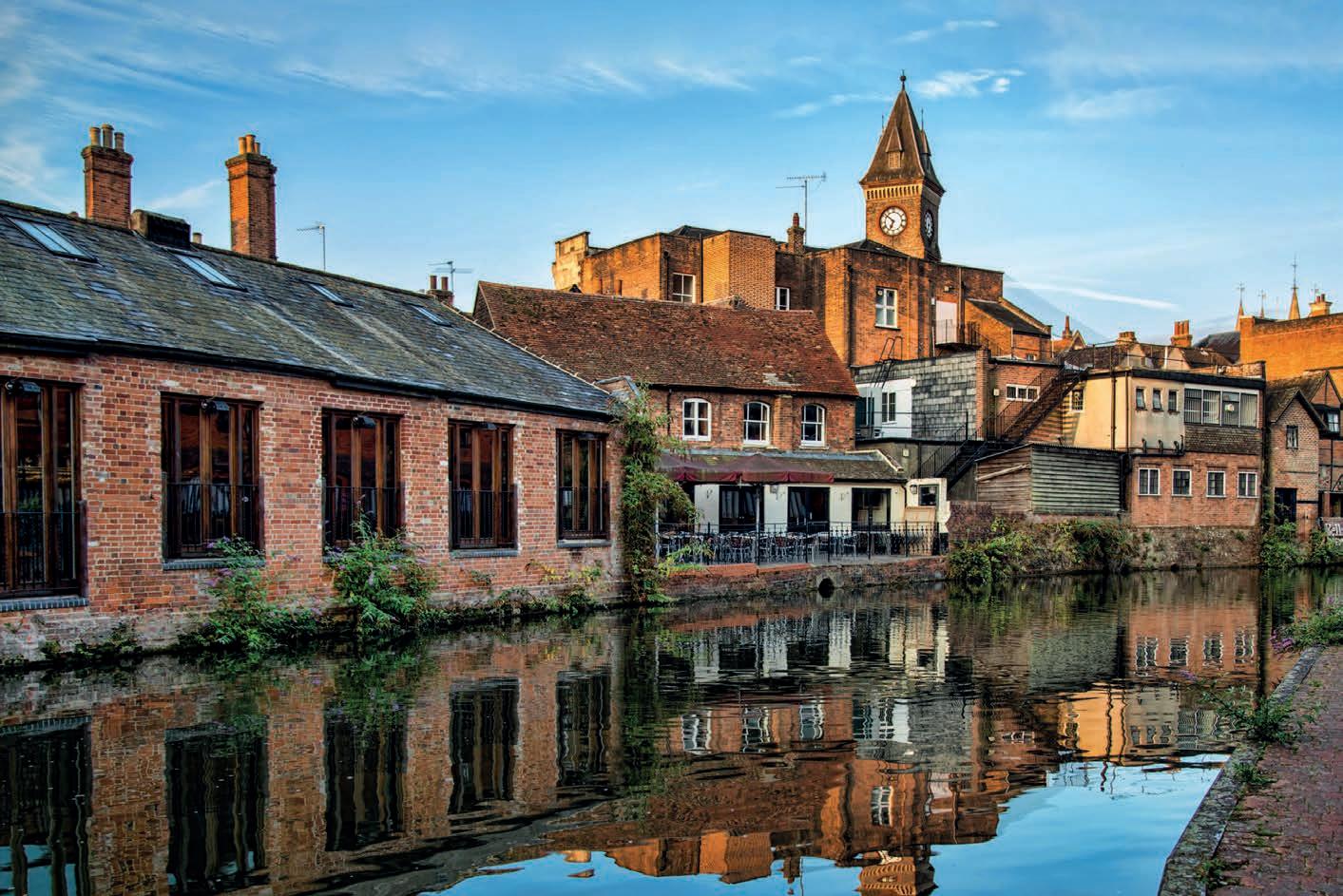
2 minute read
CASE STUDY A post-war home regenerated with an artist’s eye





ABOVE: Interior designer Anouska Tamony and art consultant Rachel Maggart

AN ARTIST’S EYE
Regenerating a post-war house into an art lover’s home. By Tessa Dunthorne
From the moment she saw it, art consultant Rachel Maggart was enamoured by this four-storey terraced house that sits alongside Victoria Park in east London. The building had been destroyed in the Blitz in World War Two and then, decades later, reassembled from the rubble. It presented the perfect opportunity to create a beautiful mid-century home, fitted with the trappings of smart technology (a nod to her techy husband), while also acknowledging the past. Working with Anouska Tamony Designs, Rachel transformed the house from a previously minimal space into a striking home that also showcases her collection of contemporary art.
Enter the home and you are immediately greeted by a maze of colours, textures and patterns – a visual feast both modern and exciting, each corner vibrant and unique. Antiques are carefully curated, intermixed with custom metal hardware for light fittings, switches and blinds. Though the space does not quite edge into maximalism, it rejects simplicity.
‘The couple expressed a wish to create something extraordinary and specifically asked me to challenge them with concepts that had originality and a rebellious spirit,’ explains interior designer Anouska.
‘For Rachel, there was a core desire to turn the space into a private gallery with artworks that reflect her and her husband’s diverse interests, even if in an oblique way.’
Another essential consideration was sustainability. ‘The building and construction sector is one of the largest contributors to global CO2 emissions,’ continues Anouska. ‘Many of us in the industry are trying to strike a balance between personalising homes as comfortable, functional spaces – an energy expounding process – while choosing elements that offset this and are kinder to the earth.’
A collaboration with Tara Craig at Ensemblier was vital for making planet-first design decisions. A bespoke headboard was made for the master bedroom using traditional methods and materials like wool and horsehair, while antique Japanese obi silk was repurposed for the bed’s dressings. Choosing second hand pieces became essential for bringing this previously rubbled house to life.
But the house is truly made personal through its art. Anouska placed Rachel’s collected works in spaces where they could invoke both sentiment and excitement: a Phyllida Barlow print gifted by family and friends, for example, was placed in her son’s bedroom. New commissions also adorn the house and speak of Rachel’s search for the extraordinary in the ordinary – such as a handpainted fridge by Mena Woolfe, which repurposes an otherwise boring but functional domestic appliance into an objet d’art.
Transformative has to be the word to describe this reborn home. From a rubble-strewn bombsite has arisen a striking modern house, its latest iteration a memorable reflection of its new inhabitants. n










